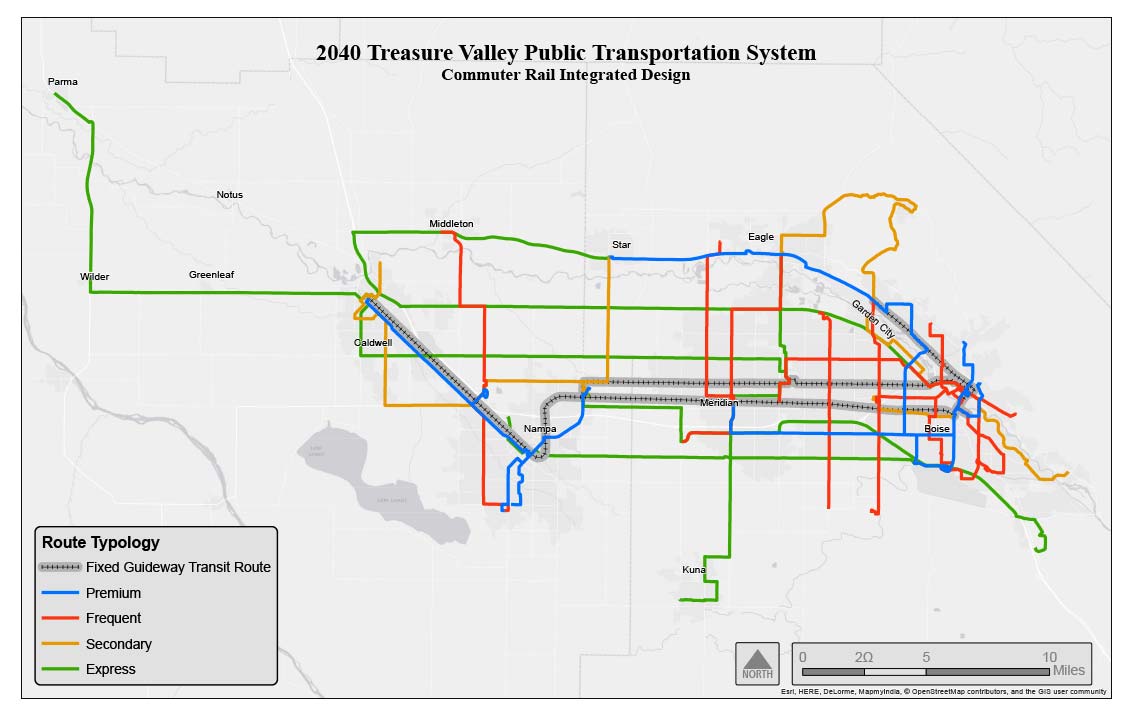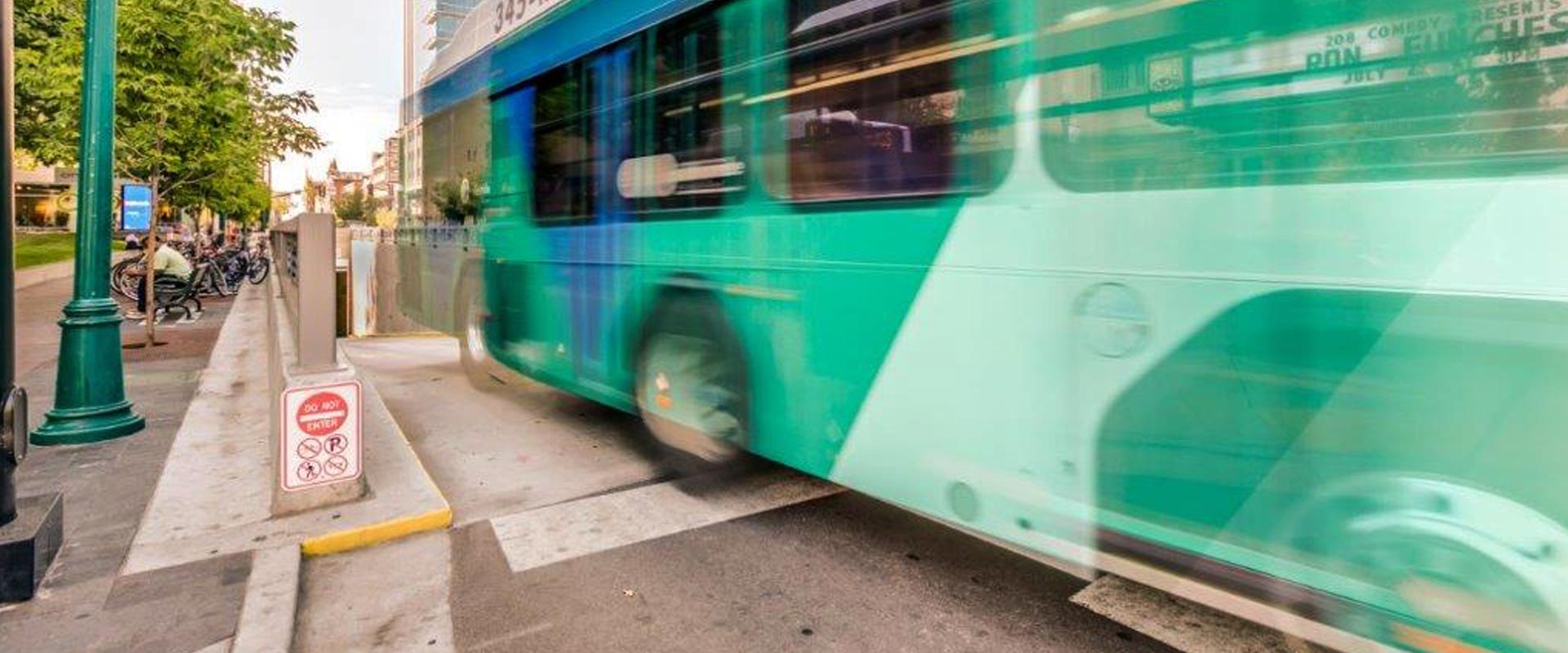- It’s snowing and I don’t want to drive. I think I’ll take the bus today.
- I don’t have to take off work to take my mom to the doctor any more. She now takes the senior shuttle.
- I didn’t sleep well last night…luckily I can nap on the train!
- It costs a lot to park near my office. I think I’ll join a vanpool to save money.
- I never take the bus, but I’m glad all those other people did, or traffic would be even worse!
For statements such as these to consistently ring true, investments need to be made in the region’s public transportation system. Public transportation investments expand mobility choices for all people and create opportunities for non-motorists to participate in economic and social activities.
Show Me the Money!
While the region has a transportation funding shortfall of $291 million per year across all modes, the funding outlook for public transportation is even more grim. In fact, not only does public transportation not have sufficient funding to expand services, there are insufficient funds to even maintain current service levels.

Idaho does not have a dedicated funding source for public transportation – that is, there isn’t any sort of tax that pays for public transportation the way the fuel tax pays for roads.
This means that much of the funding for our public transportation system is left in the hands of our local jurisdictions, competing in local budgets with other necessities such as law enforcement, fire protection, and more. This is not a sustainable funding mechanism.
However, we can’t just sit back and wait until we have money to begin planning for a robust transportation system. We must plan now to be ready to hit the ground running when the time comes.
What could future public transportation look like?
We can’t simply jump to the public transportation system we need for 2040. Growing a public transportation system is a step-by-step process. The process began with designing an initial system based on future population and employment densities, then modifying that to provide better access in areas where it was missing.
Building upon this initial work, COMPASS has identified five unfunded public transportation priorities, designed to build upon each other.
Priority #5, the conceptual 2040 Treasure Valley Public Transportation System, includes an east-west rail line to serve a 2040 population of over 1 million people. The necessary funding to build the 2040 network would need to be secured before 2027 to provide sufficient time to complete the system by 2040.

The fixed guideway route on State Street is anticipated to be Bus Rapid Transit; the two parallel fixed guideway routes south of the Boise River depict two potential route options.
What else goes in to planning a future public transportation system?
Webpage updated 12/31/2021





